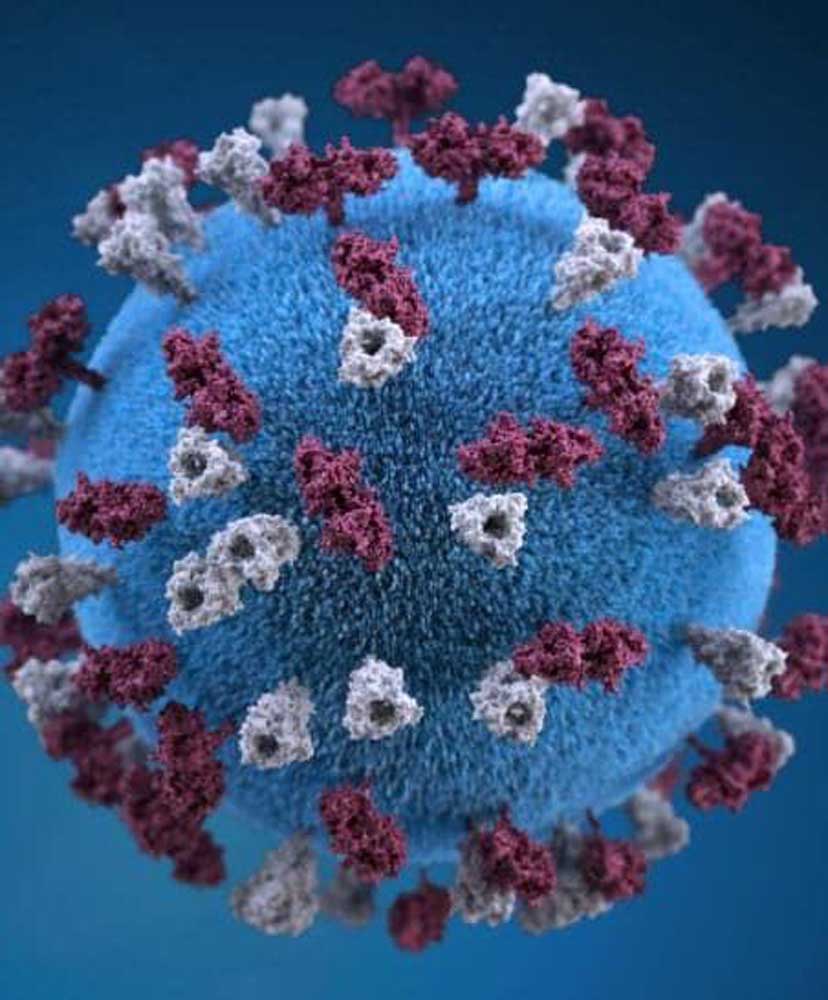OHA: Deschutes County has highest COVID-19 infection rate in state
Published 1:30 pm Thursday, December 30, 2021

- St. Charles Bend nurses have voted to ratify a new contract with the health system. In this May 2021 file photo, nurses in the St. Charles Bend intensive care unit treat a COVID-19 patient.
Oregon is in the midst of a sixth wave of COVID-19 infections as the world marks the two-year anniversary of the pandemic on Friday.
Thursday’s report by the Oregon Health Authority recorded 2,948 new cases and 15 deaths. Hospitalizations for COVID-19 climbed to 440 people, up 21 from Wednesday.
Deschutes County continues to be the state’s leading COVID-19 hot spot, with the top infection rate of any county when adjusted for population. Deschutes County has a weekly average of 565.4 cases per 100,000 residents.
Sparsely populated Grant County has a weekly average of 546.8 cases. Umatilla County has the third highest average, at just over 402 cases. Crook County is fourth with an average of 337 cases, followed by Jefferson County at 331.9 cases per 100,000.
Oregon has recorded 421,263 infections and 5,655 deaths from COVID-19, which was first reported in China two years ago Friday. The Centers for Disease Control and Prevention reported 488,000 new cases nationwide, a new record. The World Health Organization said new infections were a “tsunami” sweeping the globe.
The spike is being driven by the high-speed spread of the omicron variant, paired with a stubbornly slow decline of the delta variant that peaked in September.
Omicron now accounts for a majority of new cases in the United States, according to the CDC.
Cases are expected to continue to rise in Oregon, with Thursday’s positive test rate at 15%, which is three times the standard that OHA says is a manageable level of spread.
The health authority said Thursday it had ordered 12 million at-home antigen rapid test kits, which can show results in 15 minutes. Local public health agencies and partner organizations will distribute the tests free of charge. The first kits should arrive in Oregon next week.
“Oregon learned during the Delta surge that we must be prepared for the unpredictable — we knew we had to be ready for future variants so we could continue to protect the most vulnerable in our communities while keeping our schools, businesses and communities open,” Gov. Kate Brown said in a statement.
Pharmacies around the state have reported selling all available kits and mail orders are backlogged into next month.
Scientists studying the omicron strain say it is the most contagious version of COVID-19 since the start of the pandemic. While early reports show individual cases are less likely to result in hospitalization or death, the sheer number of new cases will swamp hospitals and emergency responders.
Omicron is more likely to cause “breakthrough” cases in vaccinated people, the CDC has reported. But people who have received a booster shot to go along with earlier vaccination have significantly lower chances of experiencing severe illness or death.
Oregon Health & Science University has projected that the omicron spike will peak in Oregon around Feb. 9. The OHSU forecast last week lowered the peak number of hospitalizations in Oregon from 3,000 to about 1,200, near the level seen when delta peaked in early September. A new forecast expected Thursday has now been delayed until Friday, OHSU officials said.
Thursday’s report said the 7-day daily average of new cases in Oregon rose to 1,532. The per-capita rate is 251.3 cases per 100,000.
Four of the five counties with the highest per-capita rate are in Central and Eastern Oregon.
Sherman County, with fewer than 2,000 residents, has the highest positive test rate at 33.3%, based on a rise from zero to three cases. Umatilla County has the second highest positive test rate at 29.1%, followed by Deschutes at 22.7%, Union at 21.7%, and Tillamook at 19.8%
The seven-day average of new infections in the U.S. topped 267,000 on Wednesday, a new record.
Despite skyrocketing case reports, the state is stepping into a three-day information void. The Oregon Health Authority previously announced that it would not release daily COVID-19 reports from Friday through Sunday in observance of the New Year’s Day holiday.
Uncertainty about the virus has been a hallmark of the pandemic, which began two years ago.
The World Health Organization received a report of a cluster of pneumonia-like cases in Wuhan, a metropolitan area of 11 million residents in the center of China.
All the initial cases were connected to the Huanan Seafood Wholesale Market in the city.
The report on the last day of 2019 is the reason for the number in COVID-19. Chinese researchers reported to WHO on Jan. 7 that the illnesses were caused by a “novel coronavirus,” unseen before.
WHO issued a public report on Jan. 10. The next day, Thailand reported a case. Japan was next on Jan. 15.
The CDC confirmed on Jan. 20 that the virus was found in Washington State.
The first case in Oregon was confirmed Feb. 28. The next day, Feb. 29, Washington State reported the first death in the United States from COVID-19.
The latest model follows the path of the 1918-19 “Spanish flu” pandemic. Zero cases isn’t the goal. Instead, scientists say a series of variants that eventually produce a widespread but far less virulent form of the original virus make life with COVID-19 manageable.
Dr. Anthony Fauci, the nation’s top communicable disease expert, said on Thursday that COVID-19 “will not be eradicated and very likely would not be eliminated.”
But it was possible that as early as the first months of 2022, it could be reduced to a controllable level “that does not disrupt society, does not disrupt the economy.”








